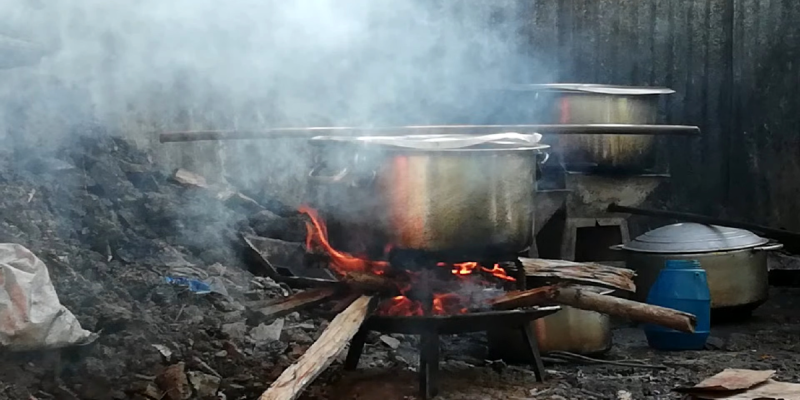Indoor pollution deaths alarming in Nepal

By A Staff Reporter
Kathmandu, Dec. 9: Experts in the health and environment sector have stressed on the need to tackle indoor air pollution as the death rate from it is alarming.
Every year around 24,000 people die from indoor air pollution in Nepal, which is three times higher than the deaths compared to COVID-19 crisis.
Indoor air pollution is caused by traditional use of biomass energy sources such as firewood, cattle dung and agricultural residues.
In an online discussion programme jointly organised by Ministry of Health and Population, Department of Environment, World Health Organization, and Clean Energy Nepal, experts highlighted the need to address the impact of air pollution from the household energy.
Speaking at the programme, Raja Ram Pote Shrestha of World Health Organisation said that such alarming death rate needs to be dealt with seriously.
He said that implementation of policies on air pollution can contribute to air quality management and will have significant health and climate co-benefits.
Prof. Dr. Sanjay Nath Khanal said that indoor air pollution is attributed to 113 mortality per 100,000 people in Nepal, which is the highest death rate in South Asia and more than three times the global average.
He stressed on the need to maximise health benefits through the use of clean fuels and use of pollution tax for the promotion of electric and renewable energy technologies for cooking by using ‘polluters pay’ principle.
Likewise, Mukesh Ghimire, Assistant Director from Alternative Energy Promotion Center (AEPC), said disparity in cooking modes in rural and urban settings in Nepal indicated that firewood is the most used cooking energy in rural areas whereas penetration of LPG is increasing in urban areas. He further added that it was necessary to minimize unsustainable use of firewood in rural areas and limit the use of LPG in urban areas and move towards the cleanest form of energy and technology.
Hasana Shrestha, Environment Inspector from Department of Environment, emphasised on the need to prioritize electric cooking practice in urban and rural areas. She pointed out that monitoring indoor air pollution is still a challenge because of cultural, behavioural and ethical issues, which require awareness programme.
At the programme latest research conducted in Province 1 and 2 among 8,000 households found that still 90 per cent of the populations are using solid biomass. “Only 17 per cent and 9 per cent people were found cooking with LPG gas and below one per cent people use electric stoves.”
Recent News

Do not make expressions casting dout on election: EC
14 Apr, 2022
CM Bhatta says may New Year 2079 BS inspire positive thinking
14 Apr, 2022
Three new cases, 44 recoveries in 24 hours
14 Apr, 2022
689 climbers of 84 teams so far acquire permits for climbing various peaks this spring season
14 Apr, 2022
How the rising cost of living crisis is impacting Nepal
14 Apr, 2022
US military confirms an interstellar meteor collided with Earth
14 Apr, 2022
Valneva Covid vaccine approved for use in UK
14 Apr, 2022
Chair Prachanda highlights need of unity among Maoist, Communist forces
14 Apr, 2022
Ranbir Kapoor and Alia Bhatt: Bollywood toasts star couple on wedding
14 Apr, 2022
President Bhandari confers decorations (Photo Feature)
14 Apr, 2022











